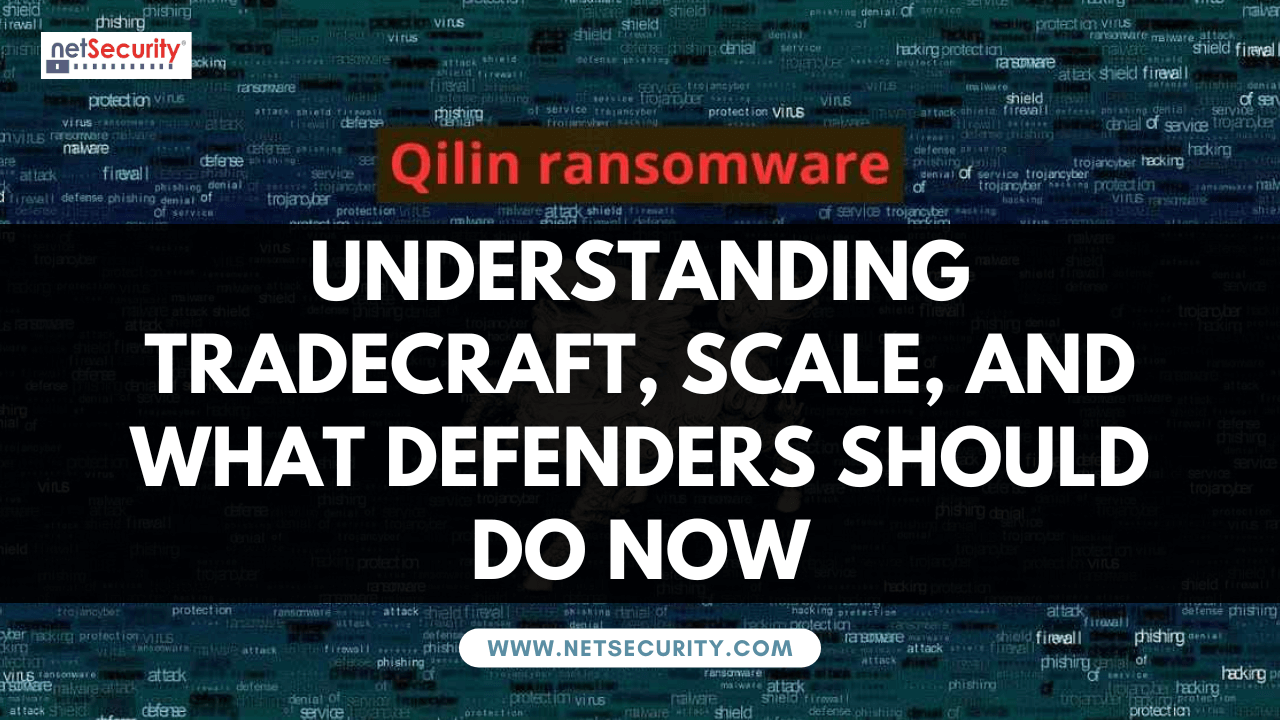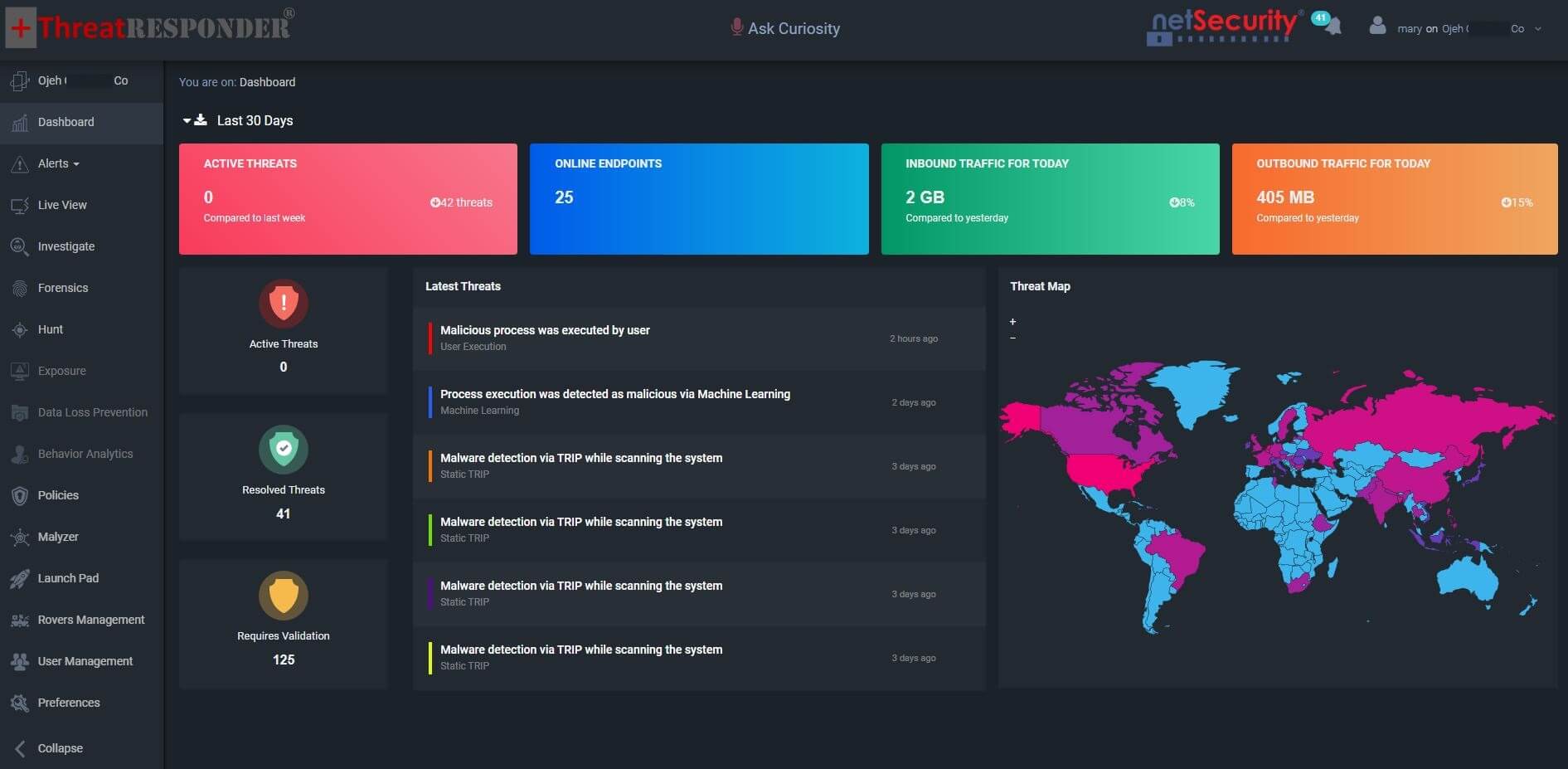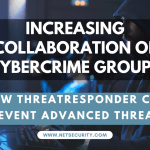Qilin Ransomware Chaos: Understanding Tradecraft, Scale, and What Defenders Should Do Now
Qilin ransomware, previously known as Agenda, has emerged as one of the most sophisticated ransomware-as-a-service (RaaS) operations in recent years. Its evolution from Go-based binaries to Rust and Linux variants demonstrates a clear focus on cross-platform capability and operational efficiency. This article provides a technical deep dive into Qilin’s tactics, techniques, and procedures (TTPs), along with actionable defense strategies for enterprise environments.
Evolution and RaaS Model
Qilin operates under a RaaS model, offering affiliates customizable builds and extensive support. Affiliates typically receive 80–85% of ransom proceeds, incentivizing aggressive campaigns. The group excludes CIS countries from targeting and maintains a leak site for double extortion, publishing stolen data when victims refuse to pay.
Key characteristics of Qilin’s evolution:
- Initial Agenda variant: Written in Go, targeting Windows systems.
- Current Qilin variant: Rust-based for Windows and ELF binaries for Linux/ESXi environments.
- Customization: Affiliates can configure encryption speed, file extensions, and ransom note content.
Initial Access and Pre-Encryption Activities
Qilin affiliates employ multiple initial access vectors:
- Phishing campaigns delivering stealers and loaders.
- Exploitation of public-facing services such as VPNs, Citrix, and RDP.
- Credential harvesting via tools like Mimikatz and NirSoft utilities.
Once inside, operators rely on living-off-the-land techniques and legitimate IT tools:
- Remote Management Tools: AnyDesk, ScreenConnect, Splashtop.
- File Transfer Utilities: Cyberduck, WinSCP for staging and exfiltration.
- Persistence: Registry Run keys and Winlogon helper DLLs.
A notable technique observed in recent campaigns is the abuse of Windows Subsystem for Linux (WSL) to execute Linux ELF encryptors on Windows hosts, bypassing traditional EDR detection.
Defense Evasion and Privilege Escalation
Qilin demonstrates advanced evasion capabilities:
- BYOVD (Bring Your Own Vulnerable Driver): Deploying signed but vulnerable drivers to disable security tools.
- DLL Sideloading: Used to load malicious kernel drivers.
- Disabling AMSI and Event Logging: PowerShell scripts are commonly used to neutralize security controls.
Operators also target backup infrastructure, particularly Veeam servers, to remove recovery options before encryption.
Encryption Process and Payload Characteristics
- Encryption Algorithms: AES-256 or ChaCha20 for file content, RSA-2048/4096 for key wrapping.
- Execution Guardrails: Some builds require a password via CLI to start encryption.
- Artifacts: Encrypted files receive a random extension, and ransom notes named
*-RECOVER-README.txtare dropped in directories. - Dual Encryptor Deployment: One encryptor propagates via PsExec across endpoints, while another encrypts network shares centrally.
Linux variants focus on VMware ESXi and increasingly target hyper-converged platforms, reflecting Qilin’s enterprise-oriented strategy.
MITRE ATT&CK Mapping
- Initial Access: Valid Accounts (T1078), Exploit Public-Facing Application (T1190).
- Execution: PowerShell (T1059.001), Execution Guardrails (T1480).
- Persistence: Run Keys/Startup Folder (T1547.001), Winlogon Helper DLL (T1547.004).
- Privilege Escalation: Bypass UAC (T1548.002), Access Token Manipulation (T1134).
- Defense Evasion: Disable Security Tools (T1562), Modify Registry (T1112).
- Lateral Movement: PsExec (T1021), Remote Services (T1021.001).
- Impact: Data Encrypted for Impact (T1486), Internal Defacement (T1491.001).
Detection and Hunting Recommendations
Credential Misuse Indicators:
- Monitor for unusual VPN logins and RDP sessions from atypical geolocations.
- Detect installation of RMM tools outside approved IT workflows.
WSL Abuse:
- Alert on
wsl.exe --installorwsl.exe -ecommands on non-developer systems.
Driver Tampering:
- Block vulnerable drivers using Microsoft’s driver blocklist and enforce HVCI.
Pre-Encryption Behaviors:
- Hunt for PsExec fan-out, VSS shadow deletions, and registry modifications to RunOnce or Winlogon keys.
Exfiltration Patterns:
- Baseline Cyberduck and WinSCP usage; alert on large outbound transfers to unknown SFTP endpoints.
Defensive Priorities
- Identity Hardening: Enforce MFA on VPN/RDP and restrict WSL usage where unnecessary.
- RMM Governance: Maintain strict control over remote management tools and monitor for unauthorized installs.
- Backup Resilience: Isolate backup systems, enforce MFA, and implement immutable storage.
- Kernel Integrity: Enable vulnerable driver blocklists and monitor for suspicious driver loads.
- Detection Engineering: Deploy behavioral rules for WSL execution, PsExec lateral movement, and backup tampering.
ThreatResponder – All-in-One Platform To Prevent Advanced Ransomware Attacks
LockBit 5.0 ransomware represents a pragmatic but potent step forward: memory‑resident loading and ETW suppression on Windows, CLI‑driven precision on Linux, and hypervisor‑level disruption on ESXi. Its cross‑platform design compresses defender response time and challenges assumptions about in‑fabric resilience.
That’s where NetSecurity’s ThreatResponder changes the game. Unlike point solutions, ThreatResponder delivers an all-in-one platform that combines:
- EDR + ITDR — to detect endpoint and identity threats, including credential abuse that often follows perimeter compromises.
- Threat Hunting & Forensics — enabling security teams to investigate post-exploitation activity and uncover stealthy ransomware behaviors.
- Integrated Vulnerability Management — giving CISOs visibility into exposed assets and missing patches before attackers exploit them.
- Threat Intelligence Feeds — enriched with global insights on adversary tactics, techniques, and procedures used by cybercrime groups.
With ThreatResponder, organizations gain unified visibility, proactive detection, and automated response to stop advanced ransomware attacks before they cause damage.











